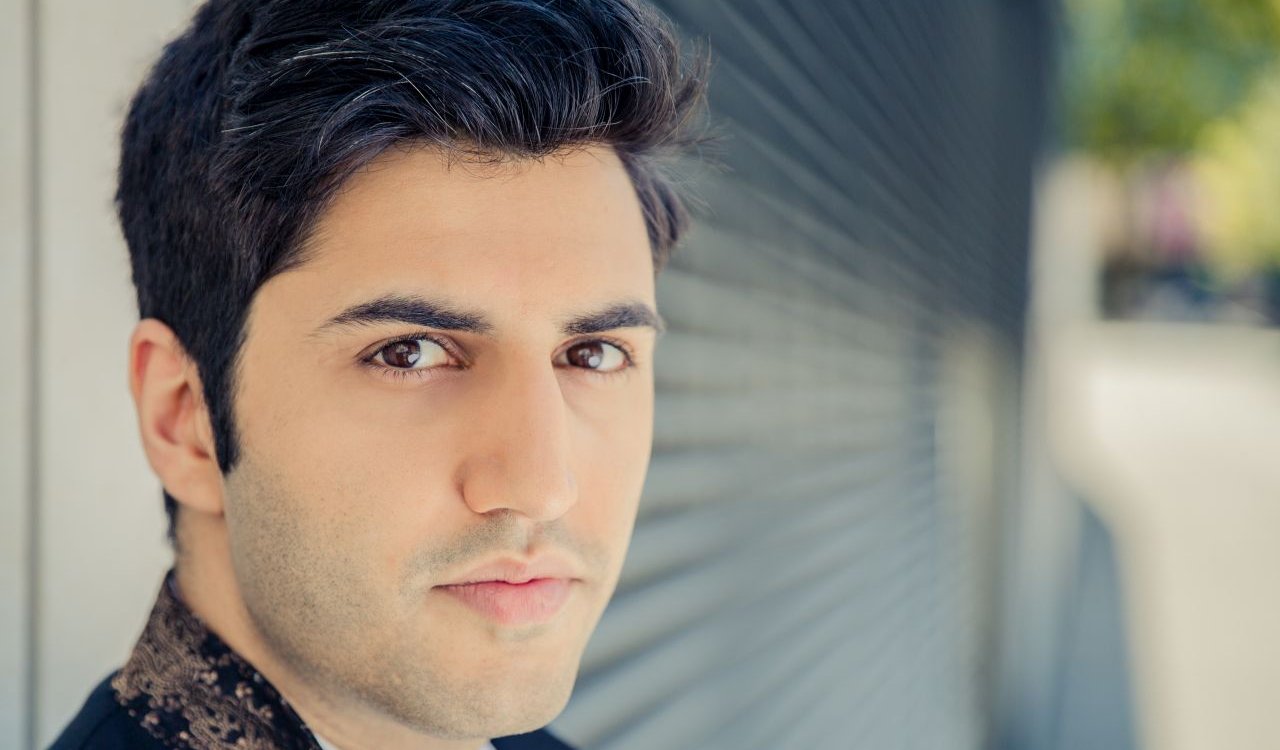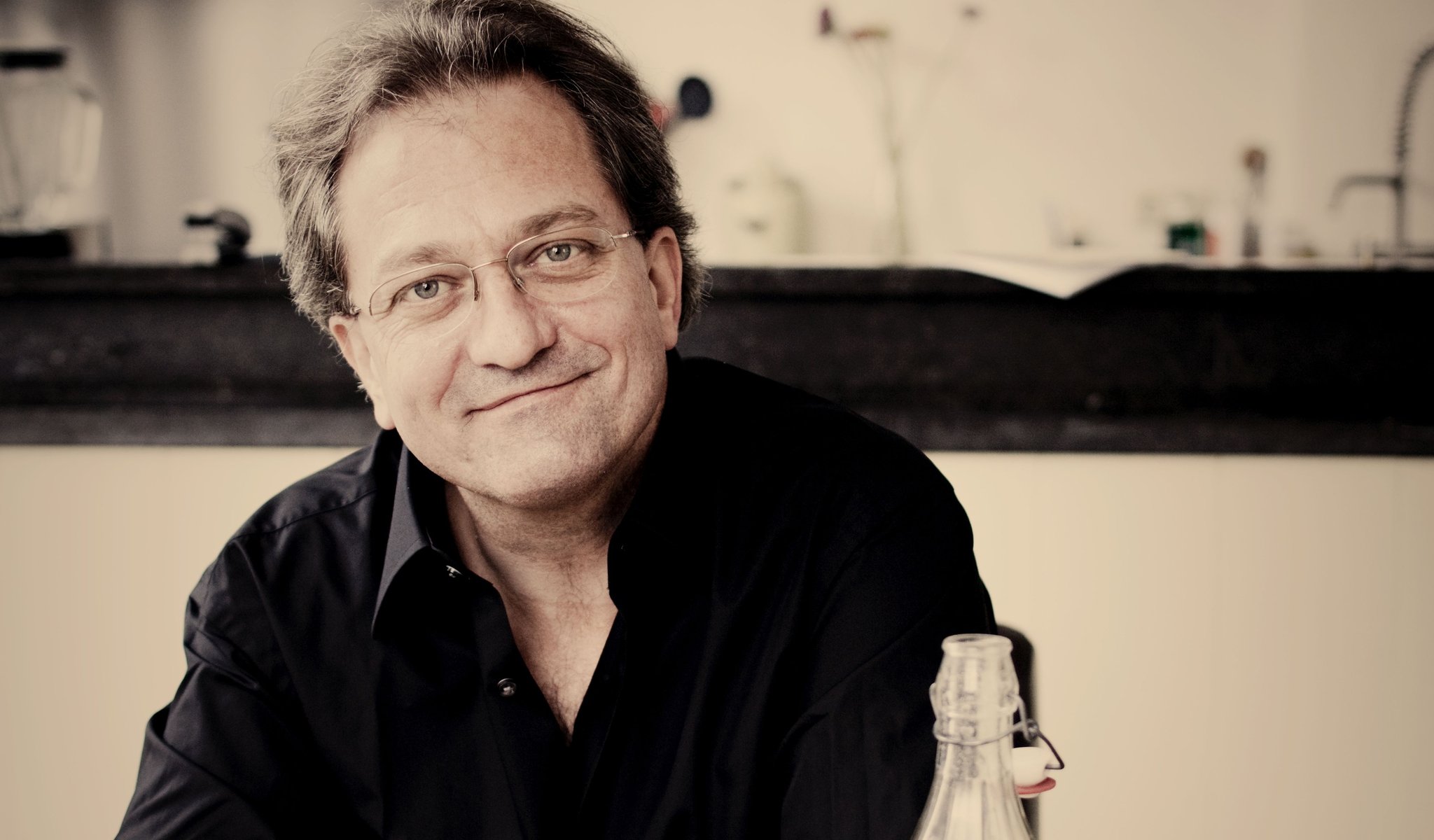

Program
Featuring
Other information
The event is about 2.5 hours long.
About the event
Austrian music from an Austrian conductor and soloist: like shoes from the shoe shop. The oeuvre of Haydn and Mozart is inexhaustible, so new symphonies and concertos will be added to the BFO series. This time the orchestra is conducted by Gérard Korsten, who, according to the Telegraph’s journalist, spins and strikes like a fencer on the podium, and the orchestra perfectly takes up his speed. The concert opens with the sixteen-year-old Mozart’s symphony, followed by a cello concerto, a rare genre for the time. The soloist in Haydn’s piece is Kian Soltani, who has Persian ancestry and is described by a Washington Post reviewer as “the orchestra follows him like a court of lights following a candle flame”. After the interval, a bright and mischievous work by the father of the symphony, followed by Mozart’s symphony transformed from a serenade.
During his travels in Italy, Mozart’s music was affected by many Italian influences, but on his return to Salzburg he began to shed these elements. His Symphony No. 16 was also composed at this time. The first movement, reminiscent of the sound of C. Ph. E. Bach, immediately catches the ear: the triad theme confuses the listener’s sense of pulsation. After the movement, which wanders into bold sonorities, comes a slow gavotte using only strings; the three-movement work concludes with a graceful, sometimes fiery rondo.
Although he was not a virtuoso player, Haydn had an excellent sense of the instrument’s characteristics. We only need to look at the Cello Concerto in D major: the soloist exploits the instrument’s potential with double stops, octaves, violin heights and running up and down the fingerboard. The word that could best be used to describe the work is “leisure”: Haydn gives an unusual but welcome amount of space and time to the themes of the opening movement, the dreaming of the slow movement or the unfolding of the finale, which is both pastoral and virtuoso.
Haydn sneaked a touch of mischief into many his symphonies. In the case of his Symphony in C major, it is a trick of form: both sections of the two-part finale are types of miniature sonata. Of course, this is a special joy that only the most trained ears will detect and appreciate; the composer did this mostly to entertain himself. We might well highlight the gallant style of the menuet with the trumpet and violin taking center stage, the Mozartian expressiveness of the slow movement, or the bright glamour of the opening movement, enhanced by brass.
Mozart was very busy in Vienna when he received a letter from his father: a member of the Haffner family was to receive a noble charter, and as they had liked Mozart’s wedding serenade six years earlier, they wanted to celebrate with his music again. Mozart reused this new serenade as a symphony six months later, after some reworking and the omission of a few movements. With an opening movement completely devoid of drama, a light andante, a fanfare-like minuet and a finale that demands the “fastest possible” playing, there is no denying that it was once a serenade.
Did you know? Mozart composed his Symphony No. 16 in May 1772, and his Symphony No. 35 in July 1782; Haydn’s Cello Concerto No. 2 premiered in London on March 24, 1784 featuring James Cervetto as the soloist; Haydn likely composed his Symphony No. 20 between 1757 and 1763; the BFO most recently performed Symphony No. 35 on April 2, 2016 (conductor: Gábor Takács-Nagy), and Symphony No. 20 on October 7, 2019 in Kecskemét (conductor: Gábor Takács-Nagy); this will be the BFO’s first performance of the other two pieces.
Contemporary events: the first partition of Poland was concluded in 1772 between Russia, Prussia and Austria / the German poet and philosopher Johann Gottfried Herder’s comprehensive work on the origins of the German language was published in 1772 / the Spanish painter Francisco Goya painted his fresco Adoration of the Name of God in 1772 at the Basílica de Nuestra Señora del Pilar in Zaragoza / the comedy The Marriage of Figaro, by the French playwright Pierre Beaumarchais, premiered on April 27, 1784 in Paris / the French painter Jacques-Louis David painted his work Oath of the Horatii in 1784 / Joseph Haydn’s opera entitled Armida premiered on February 26, 1784 in Eszterháza / on February 10, 1763, the Paris peace treaty ended the seven-year-long colonial war between Britain and France, with France losing its colonies in North America / Wolfgang Amadeus Mozart’s opera The Abduction from the Seraglio premiered in Vienna on July 16, 1782 / the German poet Johann Wolfgang von Goethe wrote his poem Erl-King in 1782